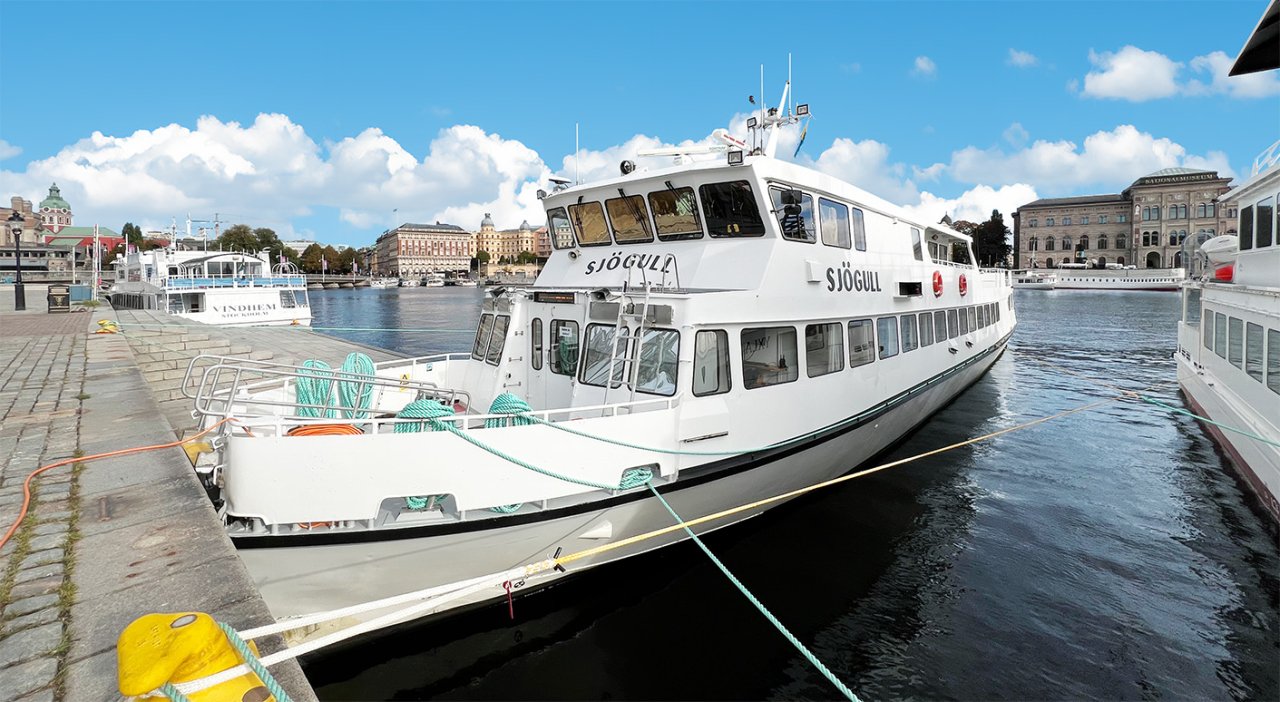
Vibration Isolation of Engines in Marine Applications – Techniques and Benefits
In the marine industry, engines are at the heart of most vessel systems, from small leisure boats to large commercial vessels.
However, engines don’t just generate power; they also generate vibrations that can affect both comfort and safety on board. These vibrations can cause long-term damage to structures and equipment. Vibration isolation plays a key role in addressing these issues and improving both performance and durability in marine applications.
What is vibration isolation?
Vibration isolation involves using specific techniques and materials to dampen or absorb vibrations generated by an engine. The aim is to prevent these vibrations from being transmitted to the rest of the vessel and its structure. Isolating vibrations can be done using rubber or all-metal isolators such as springs, elastic elements, or a combination of both.
All-Metal Isolators: A Superior Choice Over Rubber
In marine environments, all-metal isolators provide significant advantages over traditional rubber solutions. They withstand high temperatures and harsh conditions — such as those found in engine rooms. Additionally, they require less maintenance, making them a more durable and reliable choice.
-
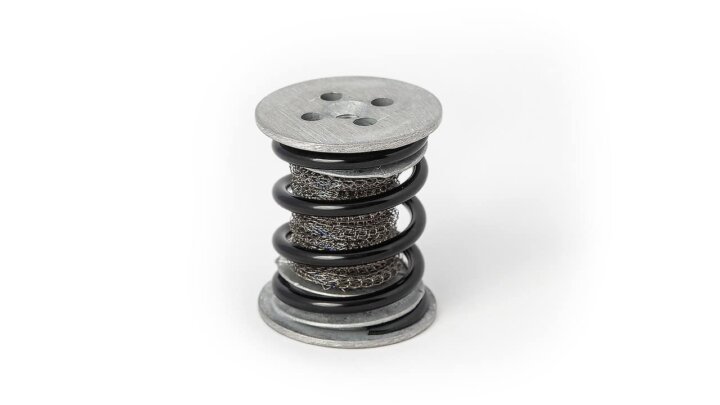
Spring Isolators VT4413 and VT4423
This is a steel spring with a resilient element in stainless steel. Excellent for vibration isolation because of its very…
-

Metal Cushion VT1110, VT1130
All metal resilient element produced of 18/8 steel mesh. The progressive spring rate yields an almost constant natural frequency over…
Sjögull: A Case Study in Effective Noise and Vibration Control
The vessel Sjögull, built in 1983, illustrates the technical and maintenance challenges that older marine vessels face in terms of vibration isolation. In connection with the engine replacement in 2020, higher requirements were set for improved vibration isolation to meet today’s standards for sound and vibration levels.
These requirements are particularly important to ensure both comfort and a safe working environment on board. Older designs are often not adapted to modern standards, further increasing the need for more effective vibration damping systems.
During our visit on board Sjögull, we had the pleasure of discussing these challenges with Fredrik Liw, Technical Inspector at Blidösundsbolaget. Fredrik emphasised the importance of the vibration isolation carried out in connection with the engine replacement. He explained how carefully selected materials played a crucial role in achieving the desired sound levels and ensuring the long-term performance of the vessel.

Click on the green circles (hot-spots) in the image below to see our products installed in the engine room.
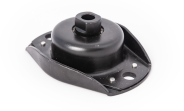
All-Metal Mount VTCI-1500F
Read MoreAll-Metal Mount VTCI-1500F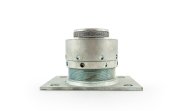
Spring Isolator VT41XX
Read MoreSpring Isolator VT41XX
All-Metal Mount VTCI-1500F
Read MoreAll-Metal Mount VTCI-1500F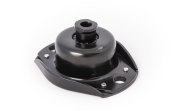
All-Metal Mount VTCI-300F – VTCI-700F
Read MoreAll-Metal Mount VTCI-300F – VTCI-700F
All-Metal Mount VTCI-300F – VTCI-700F
Read MoreAll-Metal Mount VTCI-300F – VTCI-700F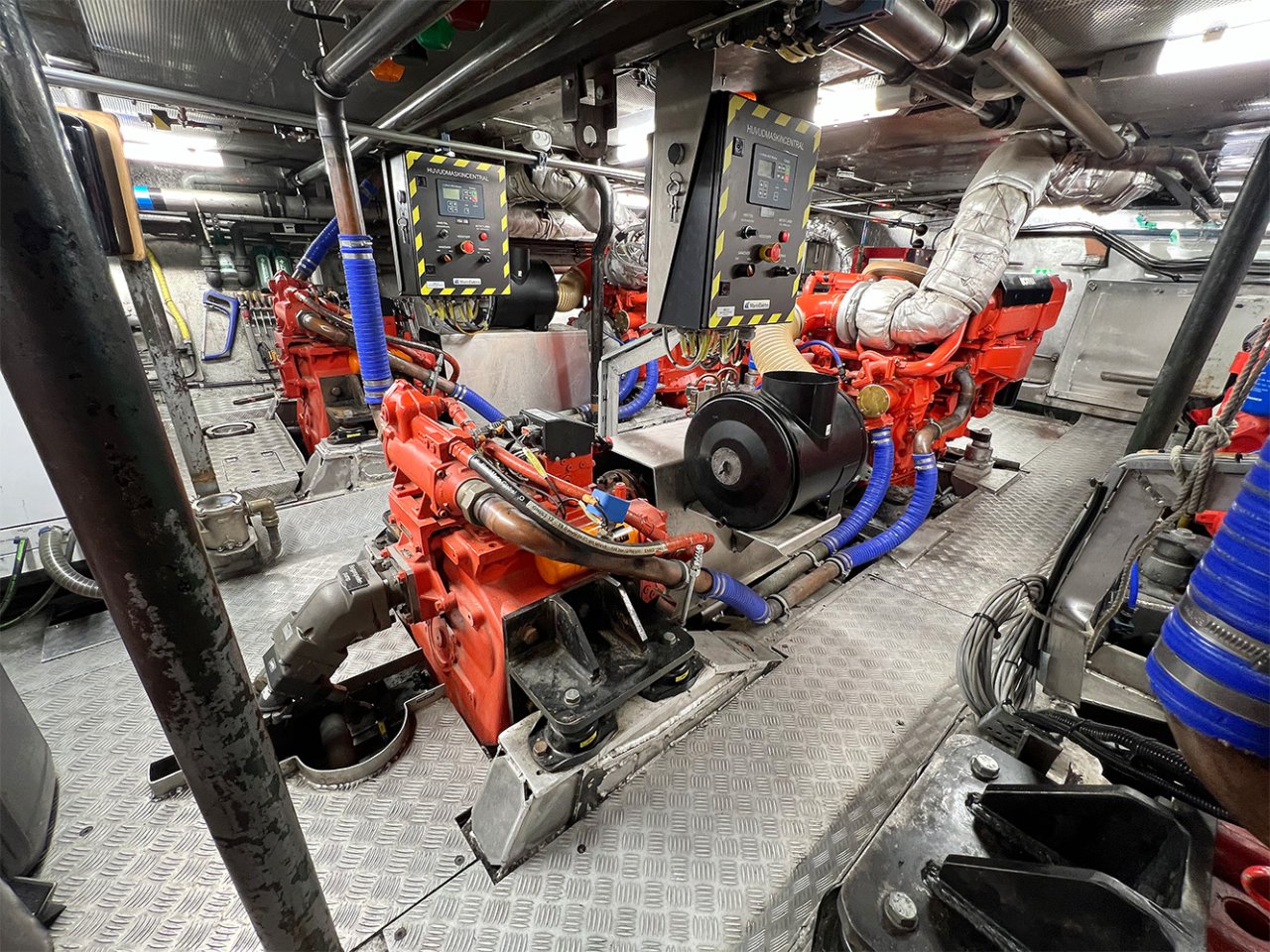
Blidösundsbolaget chose Vibratec for performance and sustainability
By choosing all-metal solutions, a significantly longer lifetime is achieved compared to traditional rubber solutions. All-metal isolators are more resistant to marine environments and require significantly less maintenance. This is particularly important for vessels such as Sjögull, where, according to Fredrik,

– An shutdown due to unplanned maintenance, during the season, is economically painful.
- Fredrik Liw
Technical Inspector at Blidösundsbolaget
Using Vibratec’s vibration solutions in conjunction with the engine replacement has optimised Sjögull’s vibration isolation to meet the stricter noise requirements.
This improvement has not only contributed to a quieter and more comfortable environment on board. It has also extended the life of the vessel’s systems and reduced maintenance costs over time.
For Blidösundsbolaget and their vessels, such as Sjögull, this represents a long-term investment in sustainability, performance, and passenger comfort.
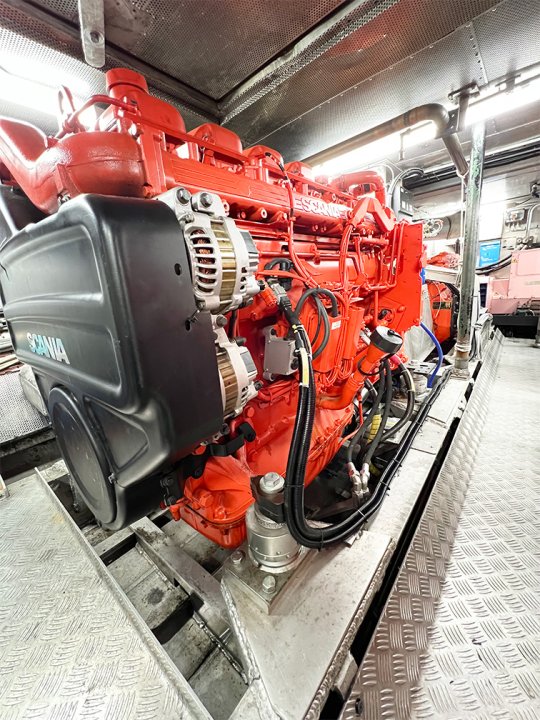
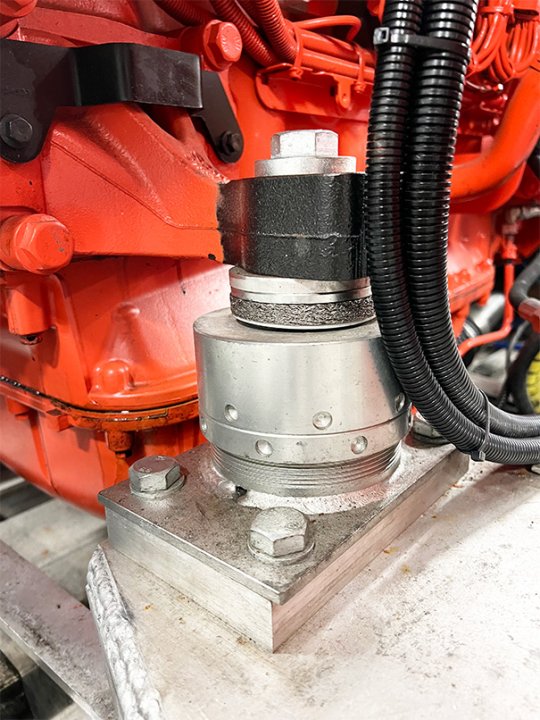
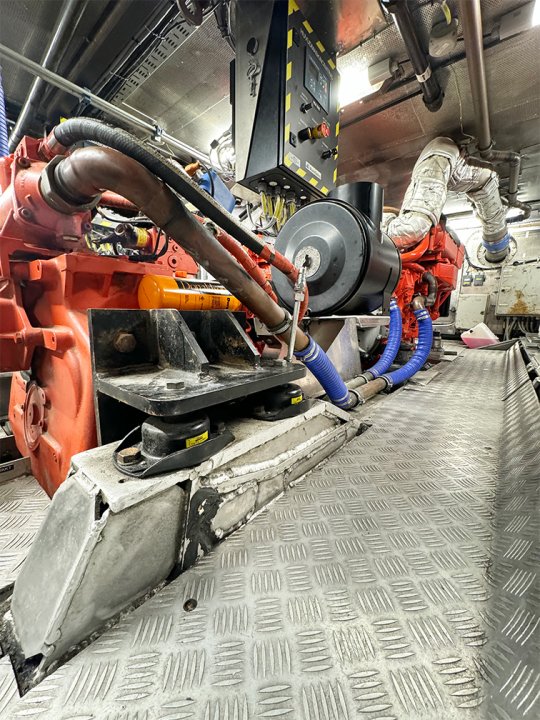
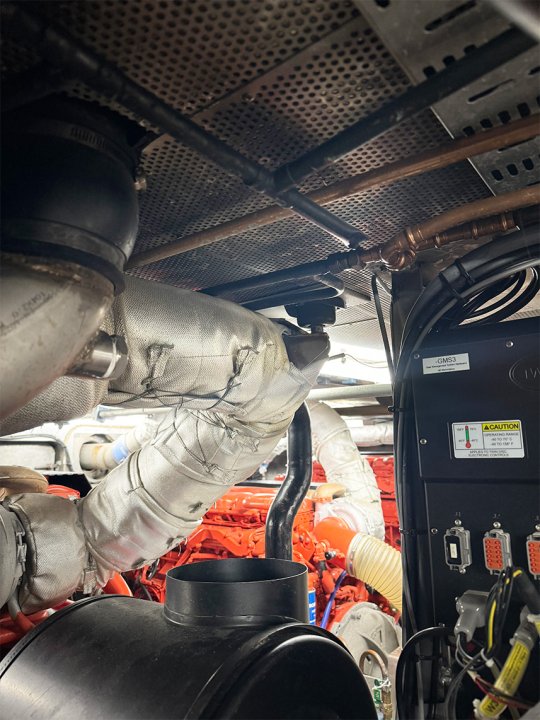
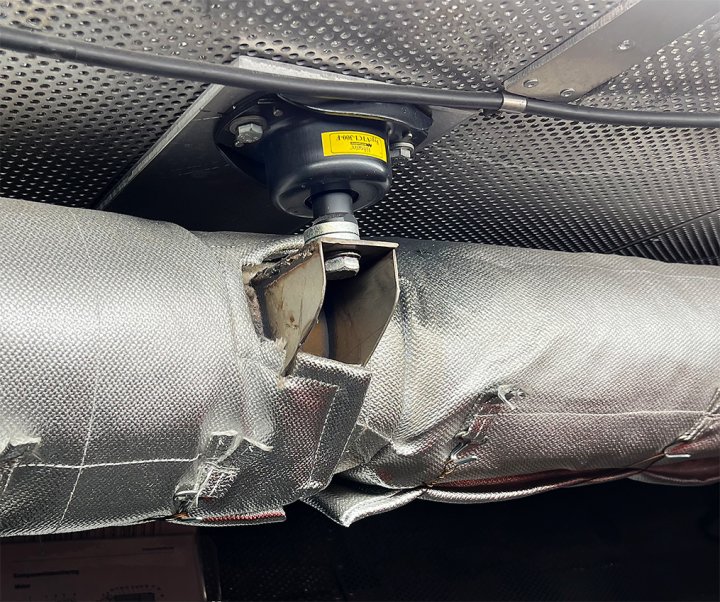
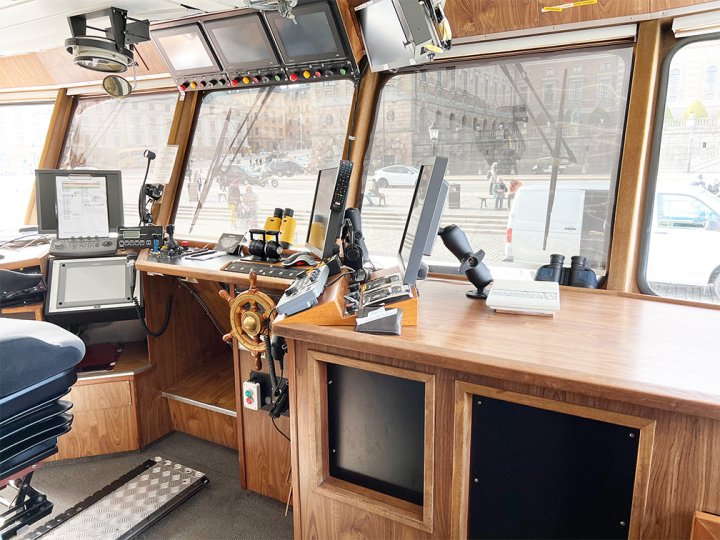
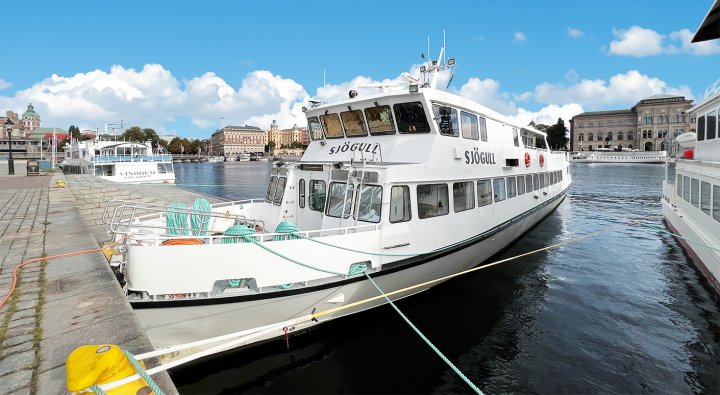
Why is vibration isolation important in marine applications?
- Increased equipment and engine lifetime
Uncontrolled vibrations can lead to wear and damage to both the engine and the surrounding equipment. Using vibration isolation techniques can reduce the need for maintenance and repairs. This in turn, extends the life of the equipment. - Improved comfort for passengers and crew
Vibrations can create noise and movement throughout the ship, which can be disturbing for both crew and passengers. By effectively isolating vibrations from engines, comfort on board can be significantly improved. - Reduced risk of structural damage
Heavy vibrations can cause cracks or other types of structural damage over time. For ships, it is important to minimise these effects through effective vibration isolation.
Suspension of exhaust systems
In addition to vibration isolation of engines, suspension of exhaust systems is another critical aspect to reduce vibration and increase system lifetime. Metal-based solutions are preferred, as they are highly resistant to heat and wear. This results in longer service life and reduced need for frequent maintenance.
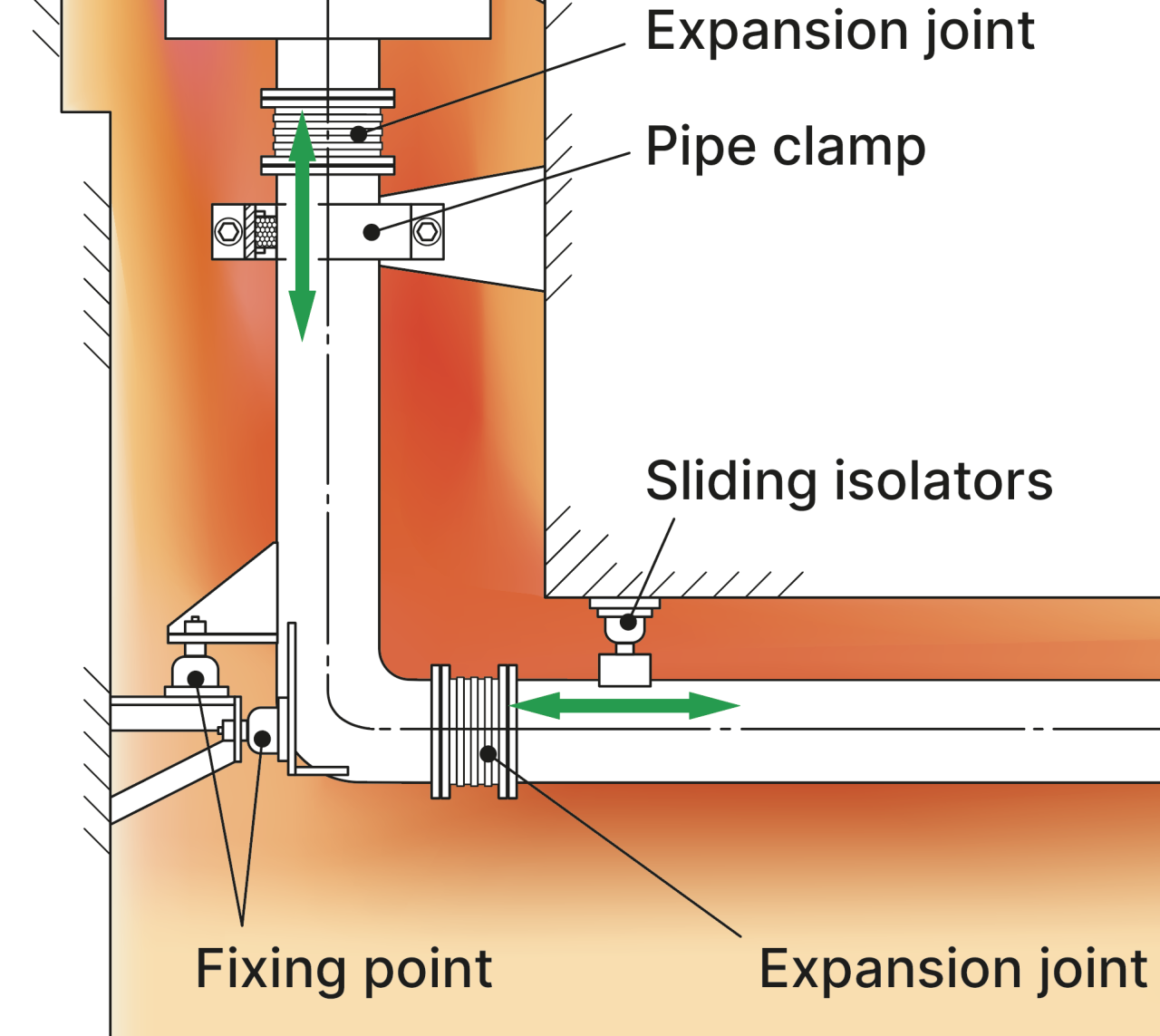
Challenges of vibration isolation in marine environments
One of the main challenges of isolating vibrations in marine applications is dealing with the harsh conditions that the vessel is exposed to. These include external forces during rolling, pitching and accelerations. In engine installations, propeller thrust can also be an influencing factor that the application must cope with. These factors can affect the lifetime of insulation materials and components. This means that the right choice of material and regular maintenance are crucial. All-metal isolators have a clear advantage over rubber solutions, as they are insensitive to these environmental challenges and offer a longer service life.
Summary
Vibration isolation is a critical component in marine applications, both to improve onboard comfort and to protect equipment and structure from long-term damage. By using the right techniques and materials, marine engines can be run with higher performance and longer life, while reducing operating costs. As part of an overall maintenance and design strategy, vibration isolation, along with robust exhaust system suspension solutions, is an investment in the future of the vessel.
Related News
News archive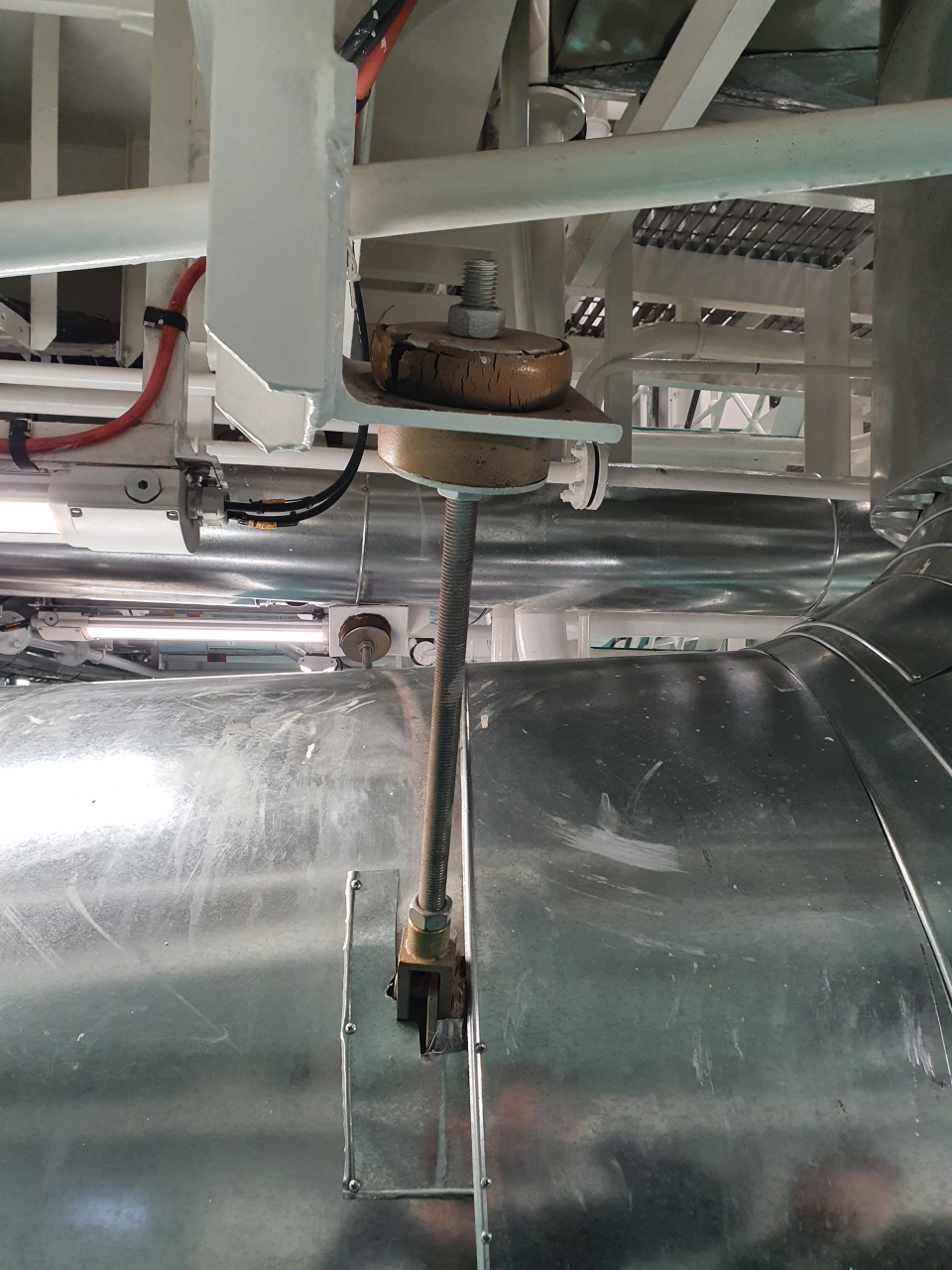
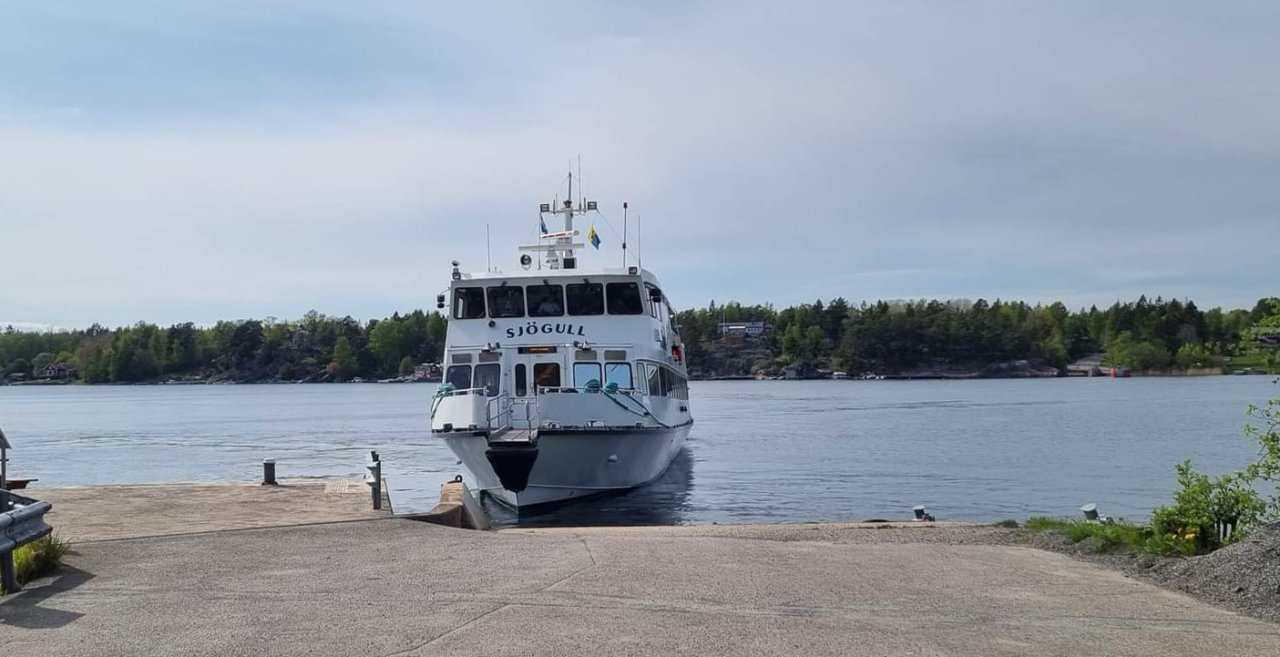
- Marine
Vibration Isolation of marine engines
If you are planning a midsummer trip in the Stockholm archipelago you can take one of the boats MS Sjögull or MS Sjöbris. You will get a smooth and silent journey as these have recently been renovated; the engines are suspended on Vibratec marine isolators VT41 (spring isolators) with the gear boxes on cushion isolators type VTCI.
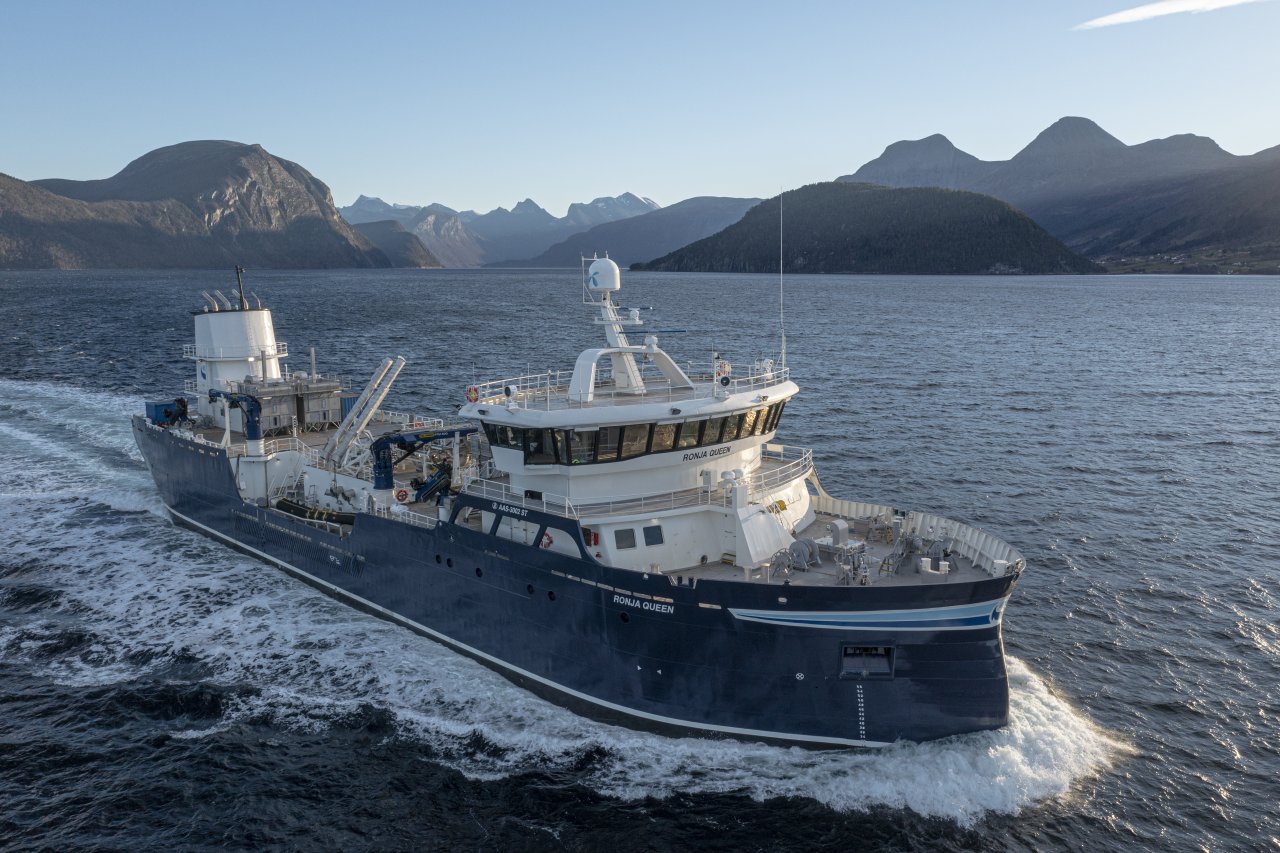
- Marine
Exhaust suspensions and bellows to BN 210 MS Ronja Queen
AAS MEK VERKSTED AS, a well-established costumer of ours, has, among many other vessels, built the BN 210 MS RONJA QUEEN. We at Vibratec are happy for the trust to provide this well-boat with exhaust suspensions and bellows incl. drawing job.
Contact us
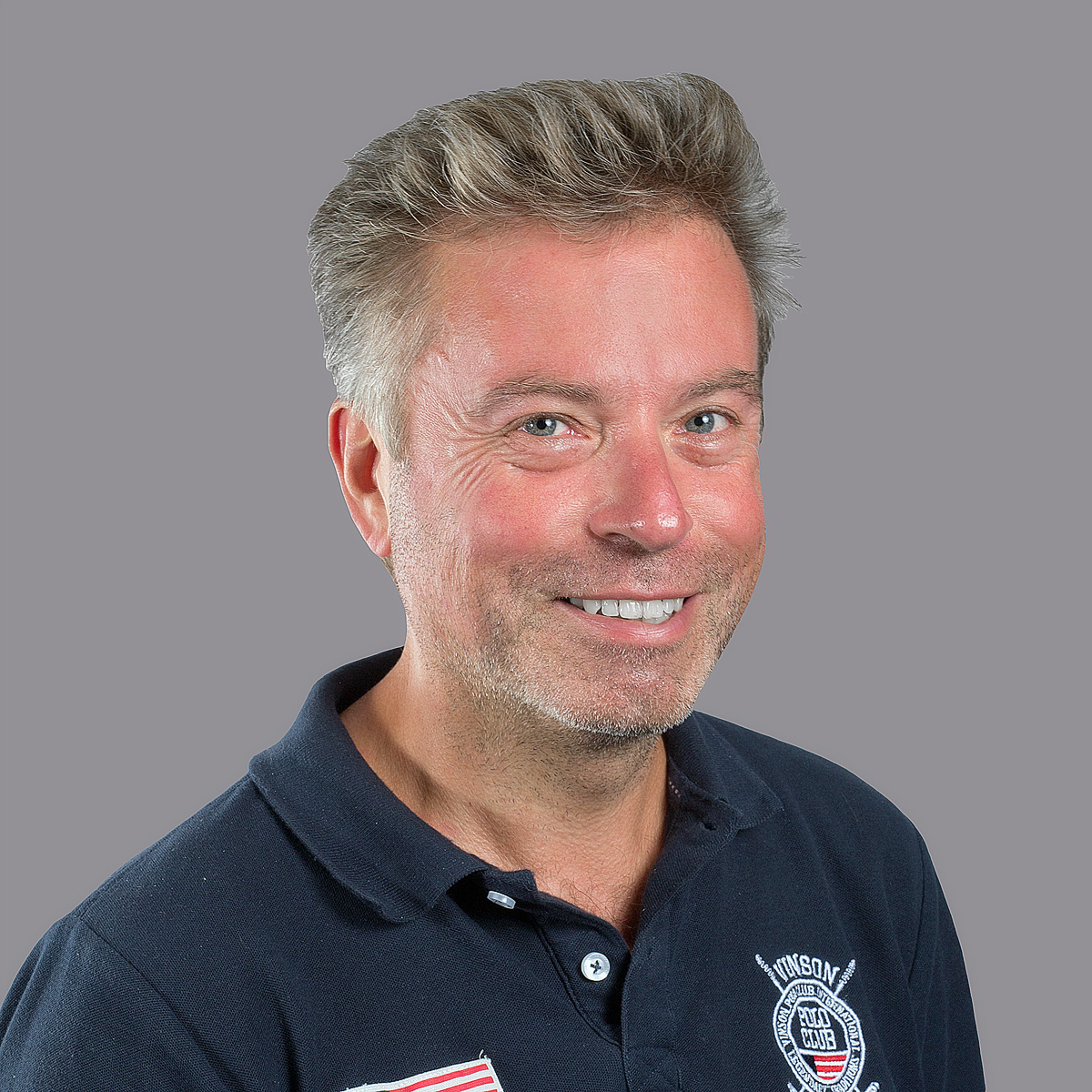
Daniel Johansson
Production, Quality and Environmental Manager Sweden





